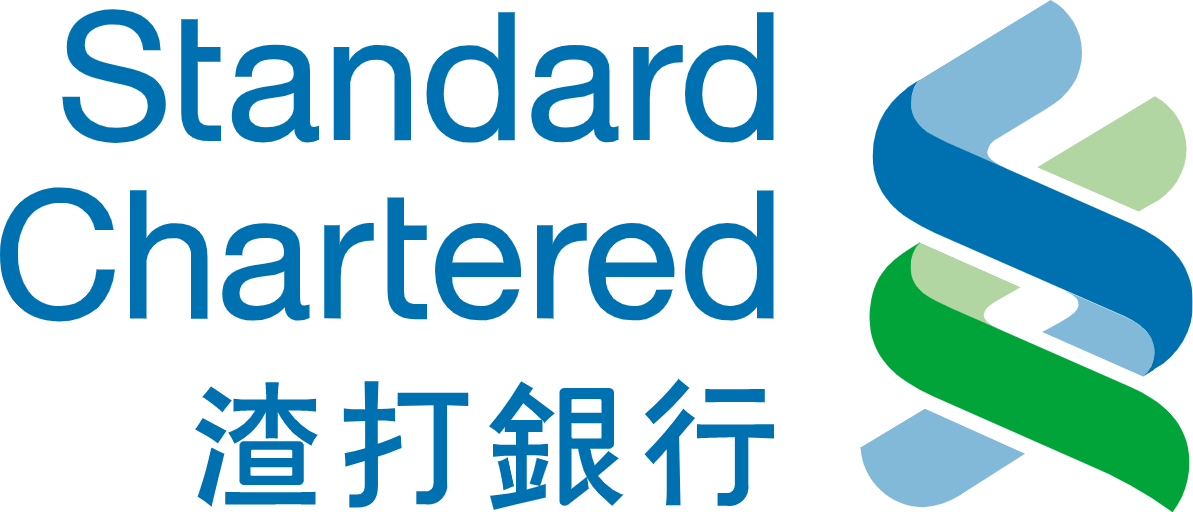Yes, Hanfu has distinct gender-specific styles, varying in fabric, cut, and design.
Identification of Gender-Specific Styles in Hanfu
Distinct Characteristics of Male and Female Hanfu
In the intricate world of Hanfu, the traditional Chinese attire, we observe a fascinating distinction between male and female styles. Male Hanfu typically showcases a straighter cut, embodying the virtues of strength and stability often associated with masculinity. These garments often feature broader sleeves and an understated color palette, signifying solemnity and respect. On the other hand, female Hanfu embraces a more flowing silhouette, capturing the grace and delicacy traditionally linked to femininity. The colors in women’s Hanfu are usually brighter, with varied hues, and the addition of intricate patterns and embroidery accentuates the wearer’s elegance and beauty.

Historical Examples of Gender-Specific Hanfu Designs
Moving through the corridors of history, we uncover notable instances where these gender distinctions in Hanfu were clearly evident. The Shenyi, an iconic style of Hanfu, presents a vivid illustration of these differences. In men’s Shenyi, the garment often reached almost to the ground, complemented by hats like the Guan or Mian, which served as markers of social status and masculinity. In contrast, women’s Shenyi were adorned with hairpins and elaborate headwear like the Ji or Buyao, symbolizing marital status and femininity. These historical garments were more than just clothing; they were a reflection of the social and cultural norms of their times.
The Hanfu, in all its forms, is not just a style of clothing but a narrative of fabric and color that tells the story of China’s rich history and cultural depth. Through the designs of these garments, we witness a tale of gender roles, societal expectations, and artistic expression, all beautifully interwoven into the fabric of Chinese history. The ongoing fascination with Hanfu reflects the ancient Chinese civilization’s ingenuity and aesthetic sensibility, offering us invaluable insights into the gender dynamics of historical China.
For a deeper dive into the captivating world of Hanfu and its gender-specific styles, the Hanfu Wikipedia page provides a detailed and visual exploration. Engaging with Hanfu is more than an academic exploration; it is a journey through time, revealing the subtleties of ancient Chinese culture and how it expressed gender through the art of dressmaking.
Comparative Analysis of Male and Female Hanfu
Fabric, Color, and Pattern Differences
In the realm of Hanfu, the fabric, color, and pattern play pivotal roles in differentiating between male and female attire. Men’s Hanfu often employs heavier fabrics like brocade or thick silk, symbolizing durability and resilience. The colors are generally more subdued, featuring shades of black, brown, or dark blue, aligning with the traditional view of masculine aesthetics. Patterns, if present, are usually geometric or feature classic motifs like dragons, signifying power and prestige.
Conversely, women’s Hanfu frequently uses lighter fabrics such as chiffon or fine silk, giving the garments an airy, delicate feel. The color palette is diverse, ranging from bright reds and pinks to soft pastels, each shade conveying a different aspect of femininity. Floral patterns are common, representing beauty and grace. These design choices not only reflect aesthetic preferences but also echo the societal roles and characteristics traditionally associated with each gender.
Cut and Silhouette Variations Between Genders
The cut and silhouette of Hanfu also distinctly vary between males and females. Men’s Hanfu typically features a straighter, more structured cut, providing a sense of solidity and formality. The length is often longer, and the waistlines are less defined, creating a more imposing and dignified appearance.
In contrast, women’s Hanfu is designed to highlight a graceful silhouette. It usually has a cinched waist, accentuating the curves and creating an elegant profile. The sleeves are often wider and more flowing, adding a touch of softness and femininity to the overall look. This contrast in silhouette not only differentiates male and female Hanfu but also serves as a reflection of the cultural ideals of beauty and propriety in ancient China.
For an in-depth understanding of the historical and cultural significance of these garments, the Wikipedia page on Hanfu provides a wealth of information.
Comparative Table of Male and Female Hanfu
| Aspect | Male Hanfu | Female Hanfu |
|---|---|---|
| Fabric Type | Heavier fabrics (brocade, thick silk) | Lighter fabrics (chiffon, fine silk) |
| Color Palette | Subdued (blacks, browns, dark blues) | Diverse (brights to pastels) |
| Pattern Type | Geometric, dragons | Floral patterns |
| Cut | Straighter, structured | Cinched waist, elegant |
| Silhouette | Longer length, less defined waist | Graceful, with flowing sleeves |
This comparative analysis not only highlights the differences in Hanfu based on gender but also offers insights into how clothing can be a powerful medium for expressing cultural values and social norms. The study of Hanfu, with its rich heritage and aesthetic diversity, remains a fascinating area for those interested in fashion, history, and cultural studies.
Evolution of Gender Styles in Hanfu Over Time
Changes in Gender-Specific Features Through Dynasties
The Hanfu, a traditional Chinese attire, has undergone significant transformations over various dynasties, mirroring the evolving cultural and social landscapes. During the Tang Dynasty, known for its prosperity and cosmopolitan culture, men’s Hanfu became more elaborate with vibrant colors and luxurious fabrics, reflecting the dynasty’s wealth and openness. This era also saw women’s Hanfu becoming increasingly opulent, with the introduction of the iconic wide-sleeved ruqun, a style that became a symbol of elegance and freedom in women’s fashion.
Moving forward to the Song Dynasty, there was a noticeable shift towards conservatism in Hanfu styles. Men’s clothing became more subdued and practical, focusing on simple lines and modest colors, a reflection of the era’s emphasis on scholarly pursuits and Confucian values. For women, the Hanfu retained its elegance but with a more restrained and demure approach, showcasing less ornate designs and softer colors, aligning with the period’s ideals of femininity.
Influence of Social and Cultural Shifts on Gender Styles
Each dynasty’s social and cultural context played a pivotal role in shaping the Hanfu. The Ming Dynasty, for instance, witnessed a resurgence of traditional Han culture, which significantly influenced Hanfu designs. Men’s Hanfu saw the reintroduction of ancient styles like the cross-collar robe, symbolizing a return to traditional values. Women’s fashion during this period also embraced historical elements, with a focus on modesty and refinement in dress.
In modern times, there has been a revival of interest in Hanfu, with contemporary interpretations blending historical designs with modern sensibilities. This resurgence is not just a fashion statement but a means to reconnect with cultural heritage, with both men and women experimenting with styles that reflect their personal identities while paying homage to their historical roots.
For more detailed information on the historical evolution of Hanfu, the Hanfu Wikipedia page offers a comprehensive look into its rich history.
The evolution of Hanfu is a testament to China’s dynamic cultural history. It reflects not only changing fashion trends but also the shifting tides of societal values and norms. From the grandeur of the Tang Dynasty to the conservatism of the Song and the cultural revival in the Ming, Hanfu has been a mirror to the times, adapting and evolving while retaining its core essence. This journey through the dynasties provides a fascinating glimpse into the intricate relationship between clothing, culture, and gender in Chinese history.

Contemporary Perspectives on Gender-Specific Hanfu
Modern Interpretations of Traditional Gender Styles
In today’s fashion landscape, Hanfu has witnessed a remarkable resurgence, blending traditional elements with contemporary styles. Designers are innovating men’s Hanfu by incorporating modern fabrics and patterns while maintaining the classic straight cuts and subdued colors. This modern twist appeals to the younger generation, eager to explore cultural roots with a contemporary flair. Similarly, women’s Hanfu is experiencing a renaissance. Designers are experimenting with lighter, more versatile fabrics and integrating Western fashion elements, like lace and beadwork, while preserving the traditional flowing silhouette and vibrant colors.
This fusion of old and new has sparked a significant interest in Hanfu among young people. Social media platforms are buzzing with Hanfu fashion influencers, showcasing how these traditional garments can be styled for modern life. From casual meet-ups to themed weddings, Hanfu is making a statement as a versatile and fashionable choice, reflecting a deep appreciation for cultural heritage blended with a modern aesthetic.
Current Trends and Popularity of Gender-Specific Hanfu
The current trend in Hanfu fashion is not just about clothing; it’s a cultural movement. Young people are increasingly embracing Hanfu as a symbol of identity and cultural pride. This trend is evident in the rising number of Hanfu clubs and communities, both online and in various cities, where enthusiasts gather to celebrate traditional Chinese culture through clothing. The popularity of gender-specific Hanfu is also reflected in annual events like the Hanfu Parade, drawing participants from across China and beyond, clad in beautifully crafted traditional attire, each telling a unique story of heritage and identity.
Moreover, the film and television industry has played a significant role in popularizing Hanfu. Historical dramas, with their lavish costumes and intricate designs, have captivated audiences, inspiring a renewed interest in traditional attire. As viewers see these gender-specific styles brought to life on screen, they are inspired to explore Hanfu as a way to connect with history and express individual style.
For more insights into the contemporary Hanfu movement, the Hanfu Wikipedia page provides a detailed overview of its history and resurgence.
In conclusion, the contemporary interpretation of Hanfu is much more than a fashion trend; it’s a vibrant expression of cultural identity and heritage. As young people increasingly turn to Hanfu to express their individuality, these traditional garments are being reimagined in exciting new ways, bridging the gap between past and present, tradition and modernity. The growing popularity of gender-specific Hanfu styles is a testament to the enduring appeal of traditional Chinese culture in the modern world.







